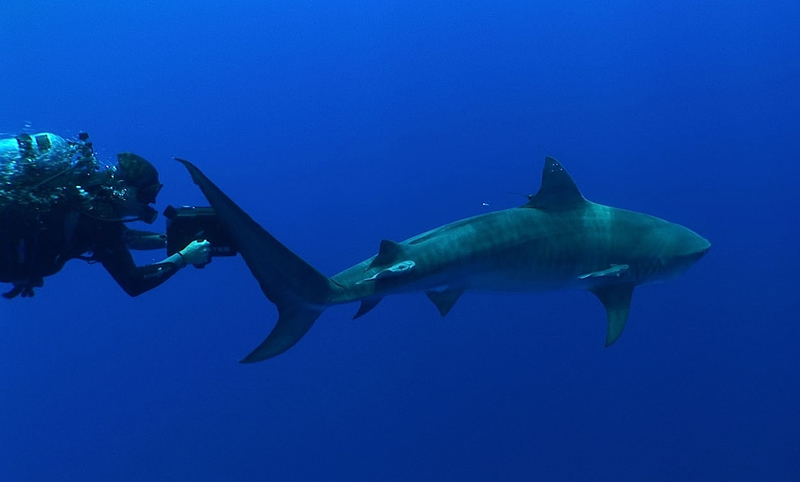Recent News
Three Flippered Turtle Released Into The WildFriday, February 07, 2014
After over a year of recuperating at the Bermuda, Aquarium, Museum & Zoo [BAMZ] after losing a flipper, a green sea turtle was released into the wild recently, dropped off about five miles east of Bermuda.
Bermuda TV series gets the green light
Friday, January 31, 2014
A new television series showcasing Bermuda’s precious marine life has been given the green light.
Morning walk about at the Bermuda Aquarium Museum and Zoo
Thursday, January 16, 2014
Lemurs are primates found only on the African island of Madagascar and some tiny neighboring islands. Because of its geographic isolation, Madagascar is home to many amazing animals found nowhere else on the Earth.
Service with a smile gets Peg ‘seal of approval’
Wednesday, January 15, 2014
The best waitresses serve breakfast with a smile, no matter what, or who, they are serving.
Zoological Society receives a boost from the family of a man who worked there for 40 years
Saturday, January 11, 2014
Bermuda Zoological Society have been given a $2,000 boost thanks to the generosity of the family of the late Wakefield and Mildred Trott.
About
GovernanceAbout Us
Newsletter
Latest News
Gift & Bookstore
Contact
General Inquiries
info@bzs.bm
Latest News
All the latest updates and news from the Bermuda Aquarium, Museum, and Zoo, one of Bermuda's leading visitor attractions!
Andy — a tiger shark tagged in Bermuda by scientists from Nova Southeastern University’s [NSU] Guy Harvey Research Institute [GHRI] in 2014 — is now the longest tracked tiger shark on record.
“Travelling approximately 37,565 miles off the eastern coast of the United States and around Bermuda, the Bahamas and Turks and Caicos, Andy is now the longest tracked tiger shark on record and shows no sign of slowing down. He’s been going for more than 1,240 days,” GHRI said.

“We are delighted with how long Andy has reported data, which has tremendous value for us as researchers,” said Mahmood Shivji, Ph.D., the director of NSU’s GHRI and a professor in the university’s Halmos College of Natural Sciences and Oceanography. “This amazing, nearly three and a half year track is revealing clear repeated patterns in the shark’s migrations between summer and winter.”
More than 150 sharks, including tigers, makos and oceanic whitetips, have been tagged by the GHRI in the last decade. The data collected is used to study the migration patterns of these incredible creatures. Andy and many other GHRI tagged sharks can be followed online in near real-time at www.GHRItracking.org.
“Tracking the migration patterns of sharks, like Andy, for extended periods of time allow us to better understand their behavior and habitat utilization, resulting in better knowledge on how to manage the species,” said Guy Harvey Ocean Foundation [GHOF] Chairman Guy Harvey, Ph.D.
According to a paper published in the most recent ICES Journal of Marine Science by Shivji and his colleagues, tiger shark migrations are heavily influenced by a shark’s physical characteristics [i.e. size, age] and environmental variations [i.e. water temperature, prey availability].
“This study, funded by the Guy Harvey Ocean Foundation, NSU’s GHRI, the Shark Foundation [Hai Stiftung] and the Bermuda Shark Project, reveals not only the environmental factors driving these massive migrations by tiger sharks but also highlights how the different age groups behave,” the Institute said. “This information could prompt fisheries managers to reevaluate how best to protect this near-threatened species.


